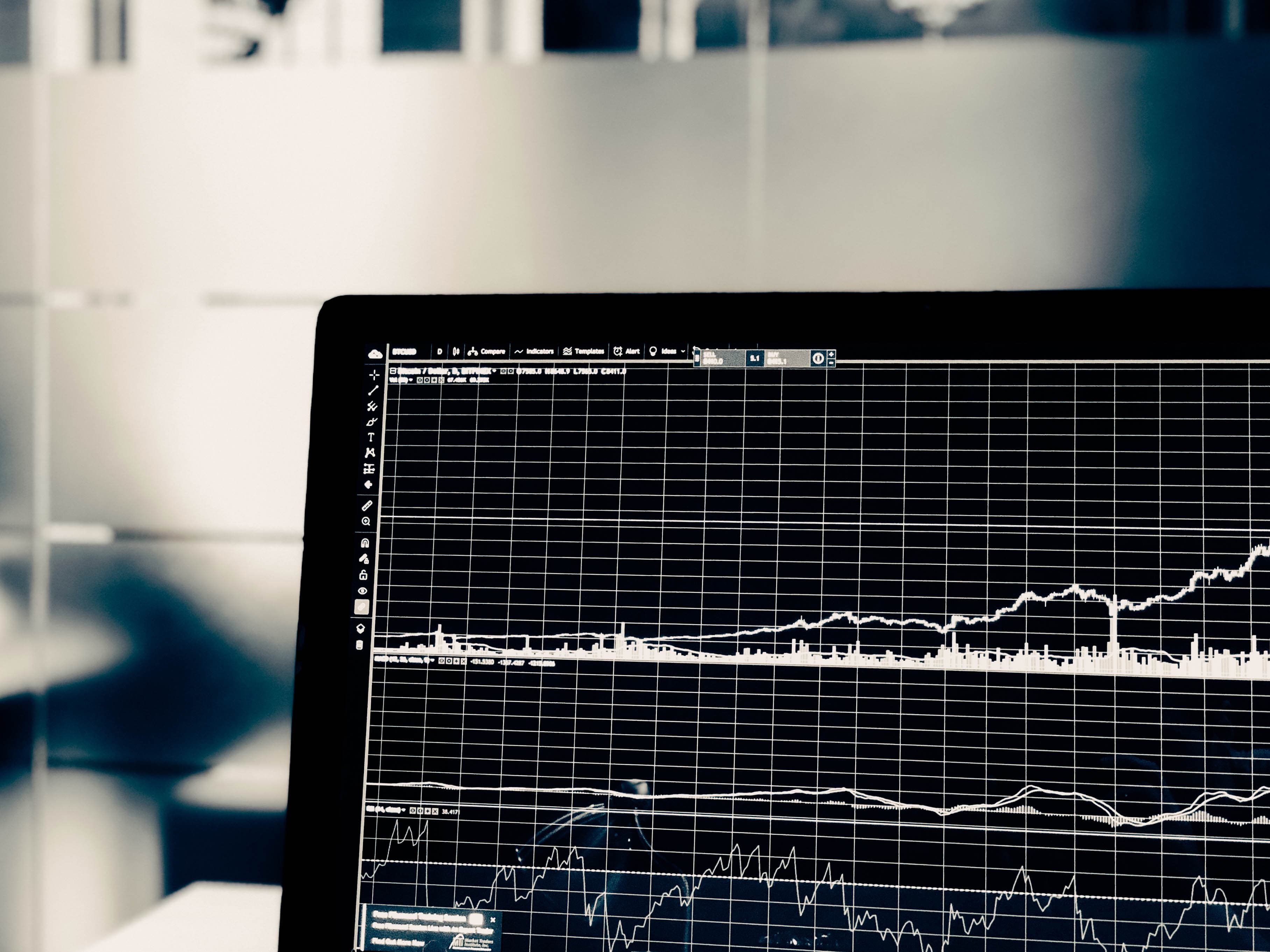
Invest in Social Media Monitoring To Improve Vendor Risk Detection
Over the last few years, businesses have experienced a variety of challenges: changes in consumer shopping behaviors, rising inflation, the shift to remote work, and supply chain issues. Many of these challenges were completely unpredictable, but corporations that were able to understand in real-time the risk environment were able to gain a competitive edge.
Data analytics has evolved to encompass risk analytics, a set of tools and practices that enable corporations to identify, measure, and mitigate risk. Social media monitoring is a common risk analytics practice. And, while many firms use social media monitoring to understand consumer behavior, savvy leaders are starting to see the potential in monitoring social media for vendor risk detection, too.
Background: the evolution of risk analytics
Risk departments have used data analytics for decades, but specialized risk management analytics tools have advanced rapidly in recent years. Globalization, the rise of social media, and the added complexity of operating in today’s connected market have made it necessary for risk teams to use more advanced ways to predict, monitor, and manage risk.
[Read more: 3 Ways Data Analytics is Changing Marketing and PR]
Risk analytics techniques make it possible to measure, quantify, and even predict risk with a higher degree of certainty. And, technology has advanced risk analytics further, particularly in the financial sector.
“The recent dramatic increases in computing power have allowed banks to deploy advanced analytical techniques at an industrial scale. Machine-learning techniques, such as deep learning, random forest, and XGBoost, are now common at top risk-analytics departments,” reported McKinsey.
Experts in the field of risk management are shifting from traditional risk management approaches that are based (to some degree) on subjectivity, to risk-enabled performance management. Risk-enabled performance management maps key business functions to emerging risk trends for monitoring.
“The effectiveness of this approach lies in granulating the business drivers into key strategies and tasks, without losing focus on the macro perspective,” wrote EY.
Corporations that invest in this method would incorporate and embed data analytics (and, more specifically, risk analytics) into specific business functions — in particular, the supply chain.
The importance of vendor risk management
Vendor risk management involves identifying and managing risks associated with vendors with which your corporation partners. Organizations that rely on vendors in their supply chain, but don’t have visibility into their vendor networks, could be exposing their business to risks.
There are all types of risks that come from working with different vendors. Cybersecurity risks, such as data breaches or cyber attacks, can originate from poor diligence before onboarding new vendors to company-wide platforms, software, and cloud programs. Operational risk can result from issues at the vendor level — such as when the pandemic crippled production and disrupted logistics in critical economies across the planet.
Equally important are the legal, compliance, and reputational risks of working with third-party vendors. Simply having relationships with certain partners can open your brand to unexpected criticism.
Salesforce, for instance, found itself in the news after at least 4,000 Salesforce employees demanded the SaaS company cut ties with the National Rifle Association, following the school shooting in Texas. In fact, CBS News reported that “Several businesses, from insurers to software companies to airlines, ended partnerships with the gun rights advocacy group following a mass shooting at a high school in Parkland, Florida.”
Few consumers probably realized that the NRA was even a client of Salesforce until employees raised concerns. Risk analytics, however, could have helped the San Francisco-based software company predict this reputational risk.
Analytics can’t always predict operational and cybersecurity risks, but they can help monitor brand reputation.
Using social media monitoring for vendor risk detection
Arguably, Salesforce didn’t need advanced analytics tools to understand the risks associated with a vendor like the NRA. But, some vendor risks are more difficult to detect. This is where social media monitoring can play a role.
Social media monitoring involves tracking media content and user-generated posts for mentions of your brand and your vendors. Advanced tools like PeakMetrics enable corporations to track millions of news sites and blogs, 5+ social platforms, podcasts, and TV/radio to be alerted when a brand is mentioned, automatically.
Monitoring media mentions enables companies to be aware of the risk of misinformation and disinformation. At best, these risks can damage your business reputation; at worst, mis- and disinformation can destroy your financial results.
PeakMetrics offers a machine learning platform with the tools you need to detect online disinformation campaigns at scale and respond appropriately. Whether the campaigns target your business or one of your partners, you’ll get an early alert that can help you respond in real-time and prevent lasting brand damage.
We’re also partnering with NewsGuard to provide a way for our clients to filter, sort, and discover mentions of a brand or topic based on NewsGuard’s credibility ratings and metadata for more than 7,500 news and information websites. This provides the ability for clients to see whether their brand, vendors, or competitors appear on credible news sources or on misinformation websites.
To learn more about PeakMetrics’ tools, request a demo with one of our experts today.
Featured image source: https://unsplash.com/photos/dBI_My696Rk
Request a free report
Uncover emerging narratives around your brand, industry, and competition.
Sign up for our newsletter
Get the latest updates and publishings from the PeakMetrics investigations team.